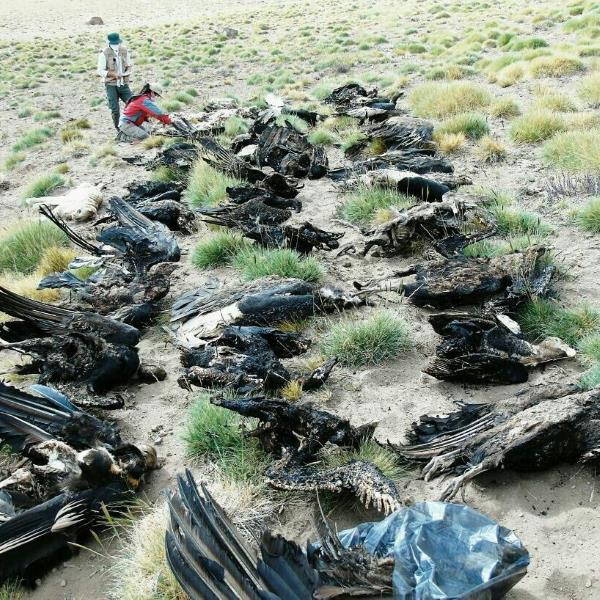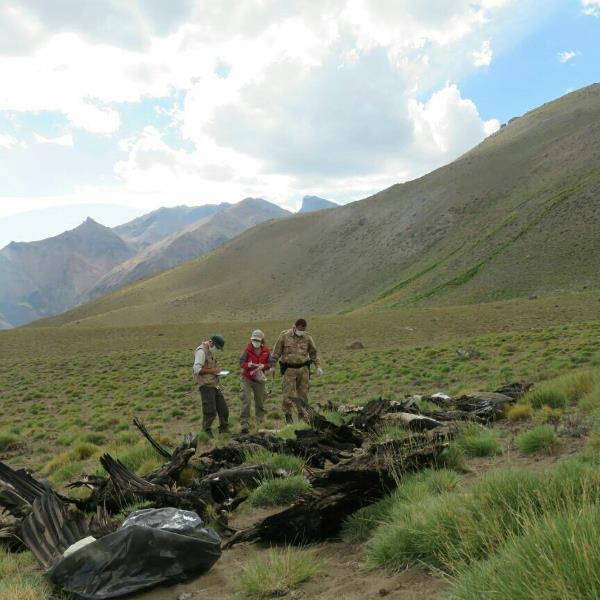34 condors dead in Malargüe, Argentina, probably poisoned. Pesticides could be the cause of their sad end but to alarm the authorities is also the fact that the animals were found on top of each other and partly burned
34 condors dead in Malargüe, Argentina, probably poisoned. Pesticides could be the cause of their sad end but to alarm the authorities is also the fact that the animals were found on top of each other and partly burned.
The birds were found in the city of Los Molles, in Mendoza. This was discovered by a villager who immediately informed the local authorities. This is an unprecedented event, which is why the Secretariat for the Environment and Territory Management of the Province has organized a working group to investigate what happened.
With its wings up to three meters long, the condor (Vultur gryphus) is the largest non-marine flying bird in the world. It is an endangered species that lives on the southern part of the continent and is the symbolic bird of the Andean mountain range. It feeds on dead animals and performs cleaning and disease prevention functions in the food chain.
At nearly 3000m above sea level, the team evaluated the distribution of the corpses, all found in a small area. Despite the deterioration of their bodies, 20 males and 14 females were identified. According to the color of the plumage, 30 were adults and the others were younger specimens.
In the same area, the corpses of a Puma concolor specimen and other animals (goats and sheep) were also found. Some villagers illegally use pesticides and poisons to try to control large carnivores such as cougars and foxes. This not only causes the death of species but also pollutes the soil, water and endangers all forms of life, including humans.
"Toxic bait is a very common practice among goat herders to fight predators like the cougar or the fox, putting agrochemicals on a piece of meat or a dead animal so that when the puma eats it, it dies" he said in EL PAÍS the president of the Cullunche Foundation, Jennifer Ibarra.

But the case of Los Molles stands out for its number. It is enough to clarify that the dead condors far exceed those that now populate Venezuela and represent almost half of those in Ecuador. Thanks to satellite studies conducted by the PCCA, the Programa de Conservación Cóndor Andino, the area functions as a biological corridor for this species.


In Mendoza, the Andean condor (Vultur gryphus) was declared a Provincial Natural Monument by law no. 6.599/98 and is governed by the provincial law n. 4602.
READ also:
- Scientists unravel the mystery of the mass deaths of Kazakhstan's antelopes
- Massacre of flying foxes in Australia: killed en masse by the record heat
Authorities are investigating who or what may have killed the animals, stressing the need to create additional laws that ensure the traceability of pesticides.
Francesca Mancuso
Gallery


























